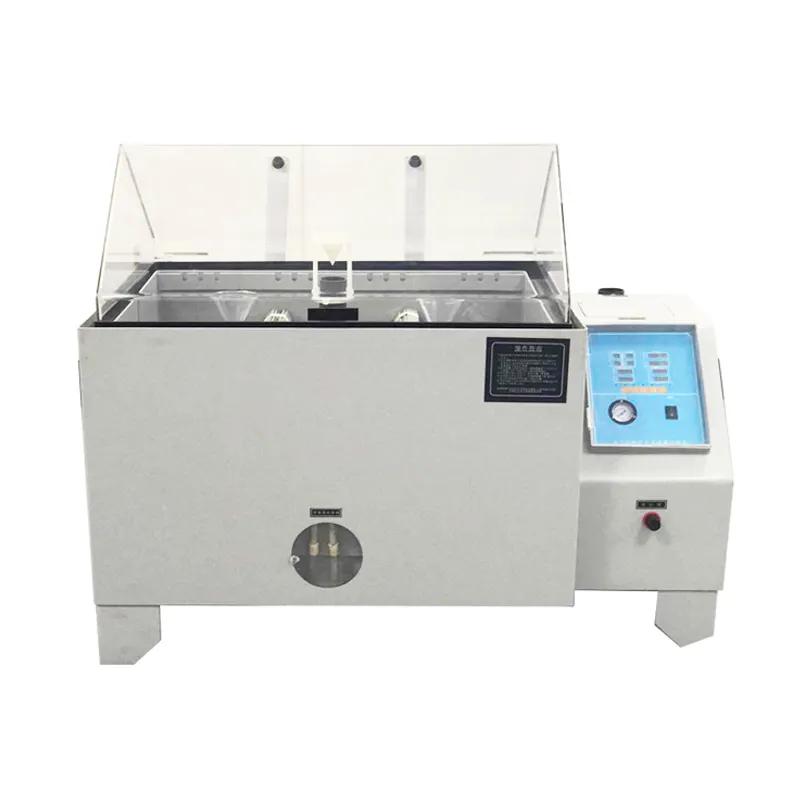
The salt spray test chamber is a method of manually simulating the salt spray climate to test the corrosion resistance reliability of the tested sample. Salt spray refers to a dispersion system composed of small droplets containing salt in the atmosphere, which is one of the three prevention series of artificial environments. Due to the close relationship between salt spray corrosion climate and our daily life, many enterprise products need to simulate the destructive effects of the marine surrounding climate on the products, so salt spray test chambers are used. According to relevant regulations, in order to ensure the accuracy of the salt spray test box test results, the sample should be tested in its normal use state. Therefore, the samples should be divided into multiple batches, and each batch should be tested according to a specific usage state. So, what should be noted when using a salt spray test chamber during the testing process?
1. The samples should be placed well, and there should be no contact between each sample or with other metal components to eliminate mutual influence between the components.
2. The temperature of the salt spray test chamber should be maintained at (35 ± 2) ℃
3. All exposed areas should be maintained under salt spray conditions. A vessel with an area of 80 square meters should be used to continuously collect atomized deposition solution at any point in the exposed area for at least 16 hours. The average hourly collection volume should be between 1.0mL and 2.0mL. At least two collection vessels should be used, and the position of the vessels should not be obstructed by the pattern to avoid collecting condensed solution on the sample. The solution inside the vessel can be used to test pH and concentration.
4. The measurement of concentration and pH value should be carried out within the following time periods
a. For continuously used test chambers, the solution collected during the testing process should be measured after each test.
b. For experiments that are not continuously used, a trial run of 16 to 24 hours should be conducted before the start of the experiment. After the operation is completed, measurements should be taken immediately before the sample starts testing. In order to ensure stable test conditions, measurements should also be carried out according to the provisions of Note 1.
Post time: Aug-08-2023
